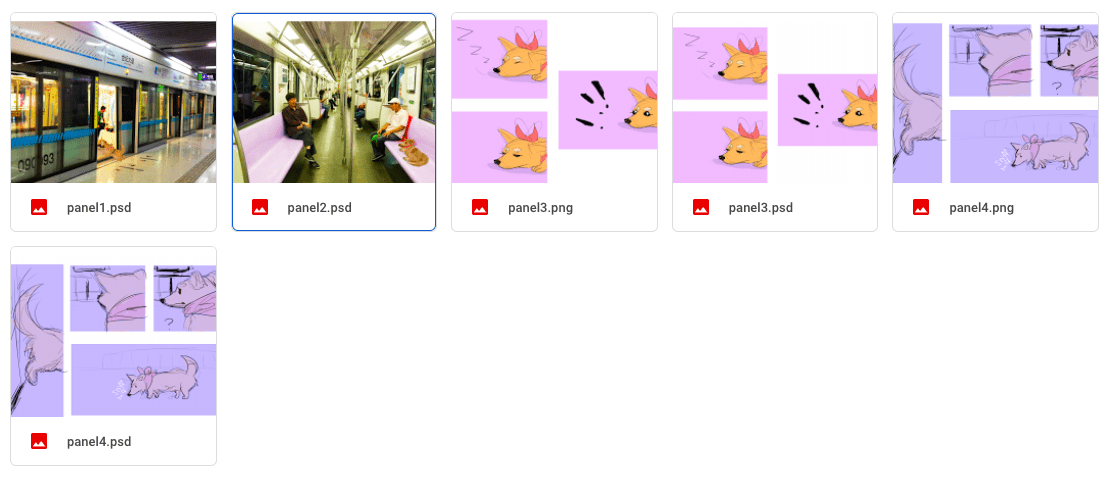Comic books have never interested me before. I would spend a whole day watching animations but I would yawn after reading a few pages of comic books. It seems to me that I fell into the stereotype of what Scott McCloud describes in the text, comic books are only for entertaining and they are not useful compared to novels or other books. But after reading Understanding Comics, my thoughts toward comic books shifted.
Now I rewind the experience of watching animations and reading comic books, I discover where went wrong. The animation is very direct and presents us the world the way we perceive the world, just like the television works or movie productions. They provide much more details and information to us so that understanding them is easy. Just like the way what Scott McCloud discusses in the book: novels or the actual book. But comic books are different. They only offer images and very few words. So that a lot of other artistic values and interpretations need to be done in our minds. The images are open to scrutiny and discussion, but the author will never offer a fixed answer. It is the readers’ freedom to imagine and interpret the book the way they like. They read the images, and connect them with their own knowledge and past experiences, then form their own interpretation of the book. It is a much more complex process than watching animations. But you cannot really tell which one is better — they have their own artistic values. What Scott McCloud stresses is: the comic books have a narrative-like quality and visual direction to them.
Personally, I have a very strong feeling for visual arts like photography or videos. This book makes me reconsider my opinions on comic books. In my perspective, good art should be interactive. It doesn’t necessarily mean that the author is “talking” to you. It means that you need to be able to respond to “them”. You could resonate with them and echo with them. And comic books is such a good form of art and its value is definitely underestimated. Art should be open to discussion and should be, timeless and limitless.
